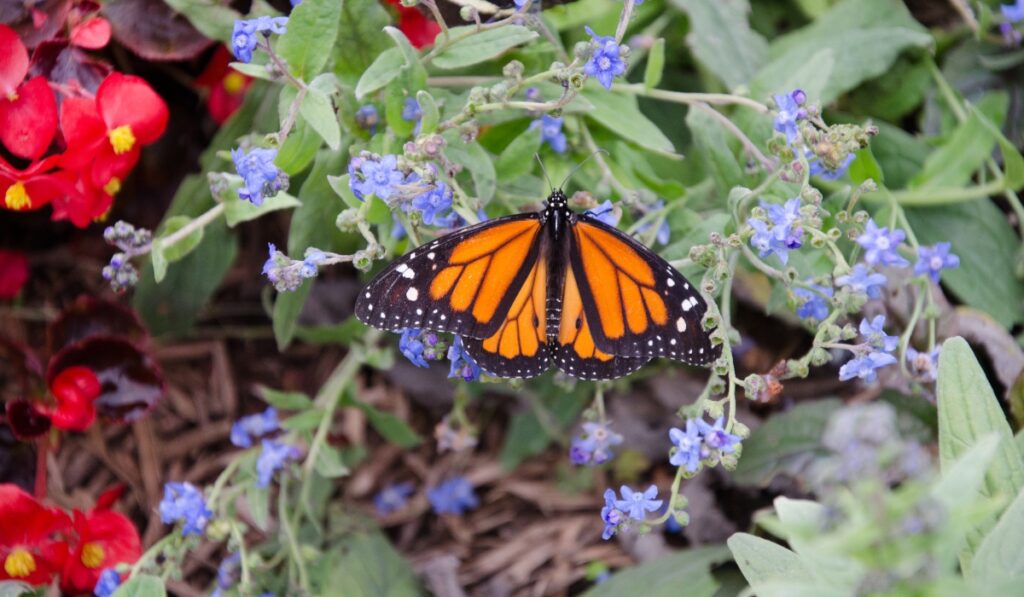Posts Tagged butterflies
Creating a Pollinator Paradise: Plants That Attract Bees and Butterflies in Rohnert Park, California

Transforming your garden into a haven for pollinators not only contributes to the local ecosystem’s health but also brings life and beauty to your yard. For residents of Rohnert Park, California, fostering a landscape that invites bees and butterflies is both a rewarding endeavor and a step toward sustainability. Here’s how you can create your own pollinator paradise with plants ideally suited for our climate and region.
Why Focus on Pollinators?
Pollinators like bees and butterflies are essential to the propagation of many plants and crops. By attracting these beneficial insects, you’re helping to support biodiversity, which is crucial for ecological balance. Plus, watching these creatures flit from flower to flower adds an element of dynamic beauty to your garden.
Choosing the Right Plants
Selecting native plants that thrive in the Rohnert Park area ensures lower maintenance, better survival rates, and a natural appeal to local pollinators. Here are some top choices to consider:
1. California Poppy (Eschscholzia californica) – This state flower is not only vibrant and drought-tolerant but also a favorite among bees. Its golden blooms add a splash of color to any garden from early spring through fall.
2. Lavender (Lavandula) – With its soothing fragrance and lovely purple spikes, lavender is irresistible to bees and butterflies. It’s also drought-resistant, making it ideal for California gardens.
3. Sage (Salvia) – There are several native sages to choose from, like Cleveland sage (Salvia clevelandii), which is highly aromatic and attracts a variety of bees and hummingbirds.
4. Manzanita (Arctostaphylos) – Early blooming manzanita provides nectar and pollen during late winter and early spring, a crucial time for many pollinators.
5. Milkweed (Asclepias spp.) – As the breeding ground for monarch butterflies, milkweed is essential for their lifecycle. It’s a must-have for any butterfly garden.
6. Sunflower (Helianthus annuus) – Bees love sunflowers, and their large, bold faces are a cheerful addition to any setting.
7. Penstemon – With their tubular flowers, penstemons are particularly attractive to hummingbirds and butterflies.
Design Tips for Pollinator Gardens
- Group Similar Plants Together: Clusters of the same plant species are more likely to attract pollinators than single plants scattered throughout the landscape.
- Provide a Water Source: A simple birdbath or even a shallow dish with rocks and water can provide pollinators with the hydration they need.
- Avoid Pesticides: Chemicals can harm the very creatures you’re trying to attract. Opt for organic pest control methods to keep your garden safe for pollinators.
- Incorporate Year-Round Blooms: Choose a variety of plants that bloom at different times throughout the year to provide a constant food source for bees and butterflies.
The Bigger Picture
By creating a pollinator-friendly garden, you’re contributing to the preservation of local wildlife and promoting ecological diversity. The beauty of such a garden is that it’s not only a sanctuary for pollinators but also a tranquil retreat for you and your family.
At DK Landscaping, we are committed to helping Rohnert Park residents create beautiful, sustainable landscapes. Contact us today to learn more about planting a pollinator paradise in your backyard, and let’s make a positive impact together!





